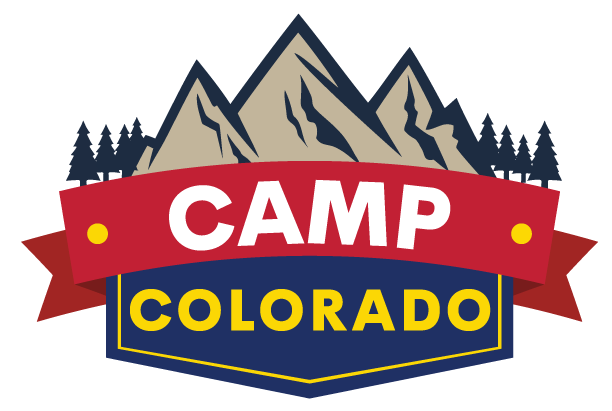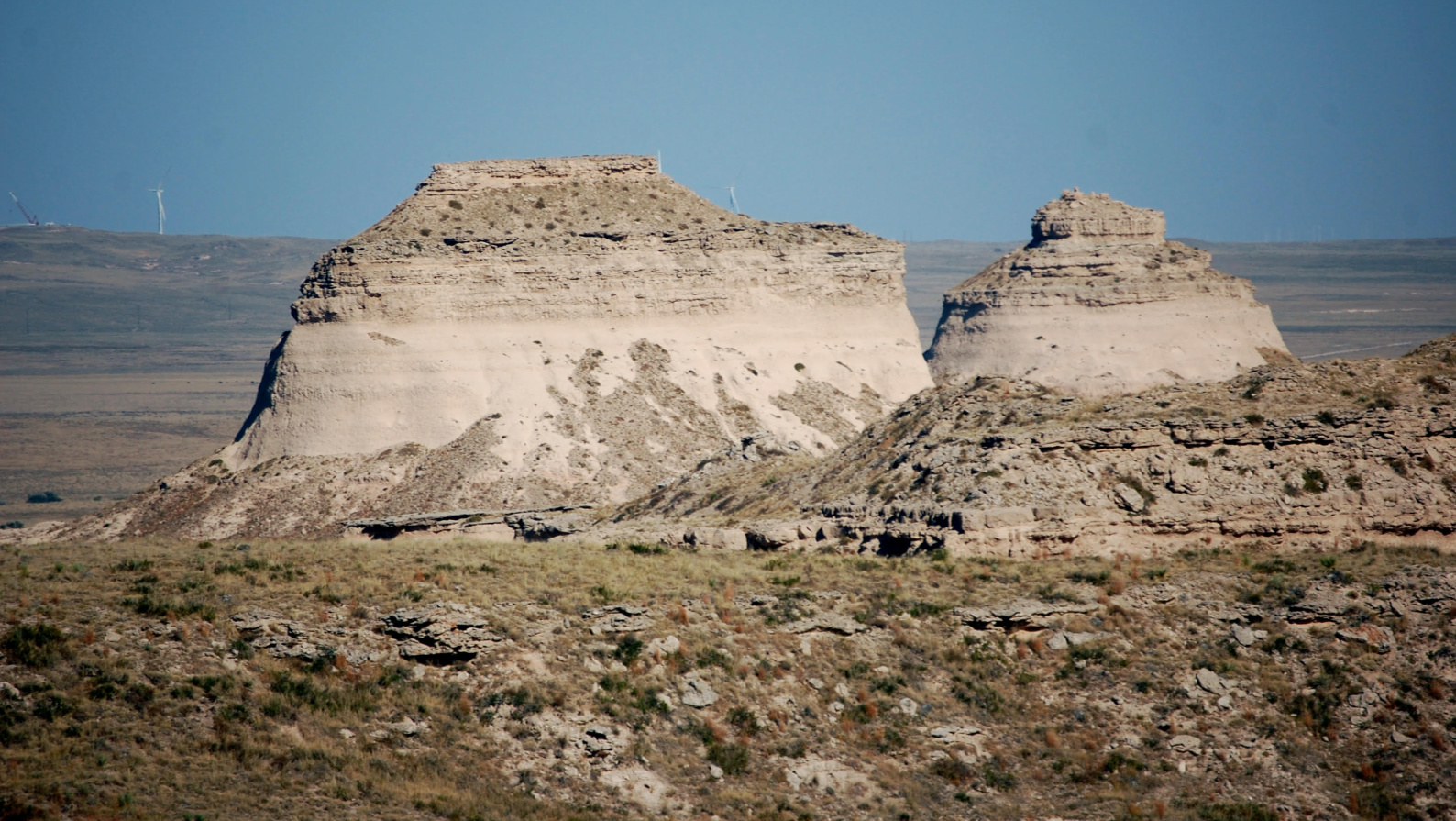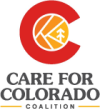In an earlier blog post, we introduced the eight regions of Colorado. Now we’re diving more deeply into each region.
Let’s visit the area known as the Pioneering Plains region. The area is filled with wide open beauty, from the sky on down to the plains, and it’s found in the upper right of this picture.
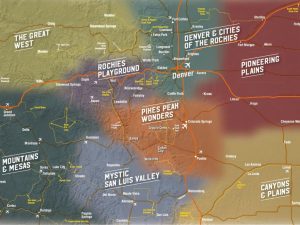
8 Tourism regions of Colorado (as shown by the Colorado Tourism Office)
THE REGION
The interstates through this region (I-70 and I-76) bring millions of travelers to the regions known as Denver & Cities of the Rockies and Pikes Peak Wonders. The Pioneering Plains, sandwiched between the Rockies and the states of Nebraska and Kansas, has a popular misconception of being a pass-through zone. Those who believe that are missing out on what’s there!
Communities like Burlington, Fort Morgan, Cheyenne Wells, Wray, Elizabeth, Kit Carson, Limon, Sterling, and Stratton have some colorful Colorado history and geography. For family fun, be sure to visit the Kit Carson County Carousel in Burlington.
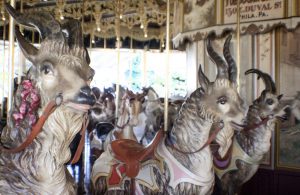
Billy Goats Gruff on Kit Carson County Carousel (photo by RoxieontheRoad.com)
LET’S EXPLORE
Explore more history by taking the Pawnee Pioneer Trails Byway through Ault and into the Pawnee National Grassland. The Trail continues to Pawnee Buttes, and east to Sterling. A spur of the Oregon Trail, called the Overland Trail, went through Sterling. After that, the Trail leads you to Fort Morgan,
The region is also home to the South Platte River Trail Historic Byway, which starts and ends in Julesburg.
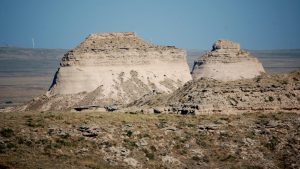
Pawnee Buttes in Colorado (photo by RoxieontheRoad.com)
The most photographed wildlife in the region is probably the prairie dog. Travelers find them to be very adorable (please don’t ask the ranchers if they feel the same!). You might also see the beautiful pronghorn antelope. (Now, the next sentence might make you cringe.) You might also see coyotes and snakes.
The region welcomes hundreds of bird species, including waterfowl, pheasants, quail, turkeys, eagles, hawks, and kites (not the toy on a string). Colorado has several birding trails in the region, but the Greater Prairie Chicken Trail has sites listed along US 34 and 36, one in Cope on the highway due north of Siebert. Here’s another link about the Greater Prairie Chicken Trail.
Photographers, history buffs, storm trackers, and folks who just want to escape urban life all find joy in the Pioneering Prairie Region. Hunters enjoy whitetail and mule deer, quail, turkeys, antelope (click here to learn about licenses).
WORDS OF WISDOM
- Travelers, please be careful to not accidentally start a grass fire either by carelessness or by having your vehicle’s underside spark the grass afire. The region is very dry!
- The dry conditions could fool you in springtime since the grasslands produce beautiful wildflowers. These are a photographer’s dream come true!
- The plains don’t offer much protection from the winds that roll off of the Rockies, making winter feel bitterly cold and summer feel like an oven.
- Colorado has 25 snake species, and two are venomous: the rattlesnake and the Mississauga. Recognize venomous snakes by their rattles at the end of their tails, their fangs as well as teeth, and a broad triangular head.
CAMPING
Where should you camp in colorful Colorado? It depends on the month of your trip and your camping preferences from what amenities you desire to your means of lodging (tent, RV, cabin, yurt, lodge, tepee, covered wagon, glamping safari tent, or any other means of enjoying the outdoors). Since there are many other factors to consider, we created our CampColorado.com to help you find a campground that suits your desires. The search page offers a range of options, and many listings provide in-depth descriptions.
Still, we encourage you to plan ahead. The Pioneering Plains region has more limited camping options. If you don’t plan ahead, those who want to camp there might beat you to the campsites.
The Colorado Tourism Office provides additional travel ideas in the regions in this post.
This publication is supported by funding from the Colorado Tourism Office, a state agency. Turn to Colorado.com for a comprehensive list of festivals, events, historic areas, itineraries, and community insight.
